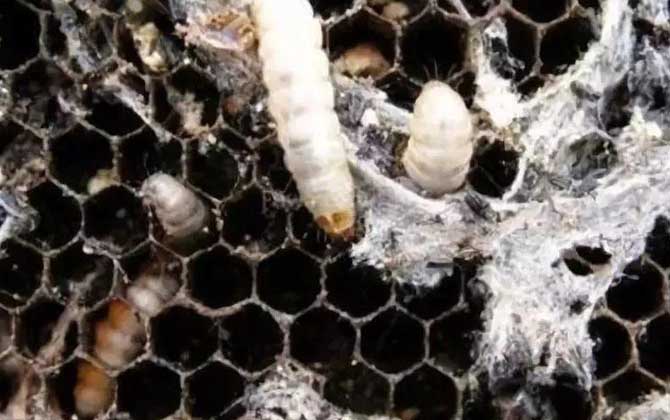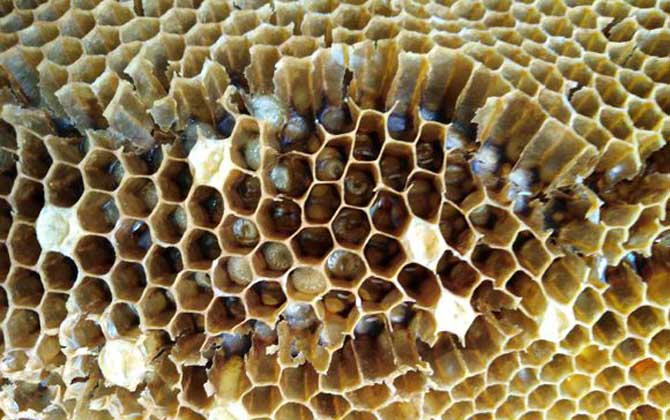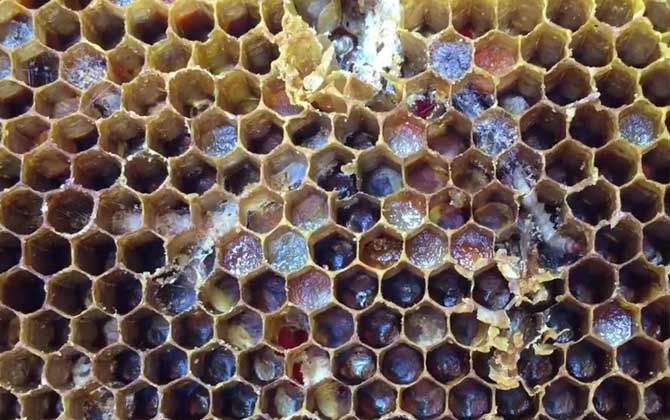Wax Moth Larvae: A Major Threat to Bee Colonies
Wax moth larvae (Galleria mellonella and Achroia grisella), commonly known as “hive worms,” rank among the most destructive pests in beekeeping. Primarily targeting weak colonies, these parasites tunnel through honeycomb wax, damage brood cells, and attack bee larvae/pupae. Mild infestations reduce honey yield and quality, while severe cases force entire colonies to abandon their hives. Below we explore effective eradication methods and comprehensive management strategies.
1. Species Overview

Taxonomic Classification:
- Kingdom: Animalia
- Phylum: Arthropoda
- Class: Insecta
- Order: Lepidoptera
- Family: Pyralidae
- Subfamily: Galleriinae
The greater wax moth (Galleria mellonella) and lesser wax moth (Achroia grisella) are primary culprits. Their larvae exhibit remarkable adaptability, consuming beeswax, pollen residues, and even plastic foundation sheets in modern hives.
2. Infestation Process

Three-phase Invasion:
- Infiltration (March-April)
- Nocturnal adult moths exploit weak colony defenses
- Females lay 300-600 eggs in hive crevices/wax debris
- Eggs hatch in 8-23 days depending on temperature
- Colonization
- Larvae initially feed on wax/propolis debris
- Gradual migration to brood comb areas
- Silk tunnels compromise comb structural integrity
- Destruction
- Direct predation on bee larvae/pupae
- Secondary bacterial infections from fecal contamination
- Comb collapse triggers colony abandonment
3. Eradication Techniques

Integrated Pest Management:
| Infestation Level | Action Plan | Effectiveness |
|---|---|---|
| Mild (<10% comb affected) |
|
85-90% control |
| Moderate (10-30% damage) |
|
70-80% recovery |
| Severe (>30% infestation) |
|
Requires colony restart |
4. Preventive Strategies
Proactive Measures:
- Hive Strength Maintenance: Keep colonies populous (>8 frames of bees)
- Wax Management: Regularly rotate old combs (replace every 2-3 years)
- Physical Barriers: Install mouse guards with ≤3.5mm openings
- Temperature Control: Maintain hive temperature at 34-35°C (disrupts moth development)
5. Biological Control Methods
Natural Predators:
- Trichogramma wasps – Parasitize wax moth eggs
- Entomopathogenic nematodes (Steinernema carpocapsae)
- Chickens in apiary areas – Consume wandering larvae
Beekeepers should implement regular monitoring using sticky traps and infrared cameras for early detection. Recent studies show combining genetic selection for hygienic bee behavior with pheromone traps achieves 97% prevention success in managed colonies.